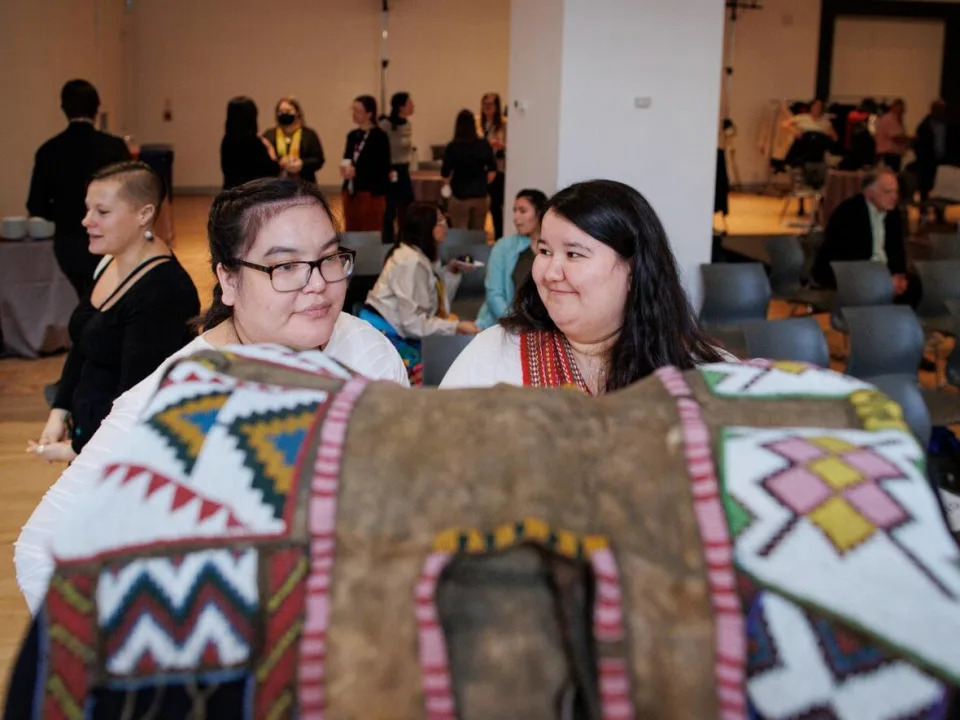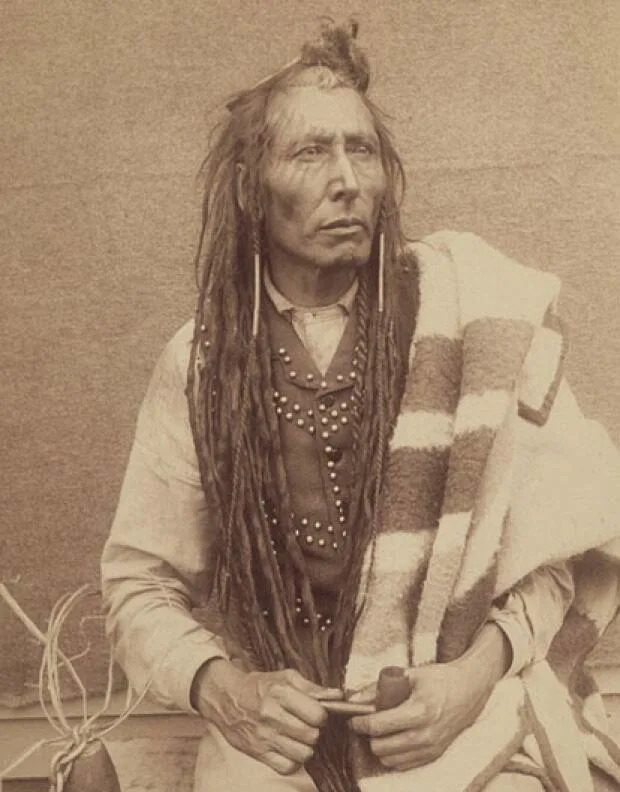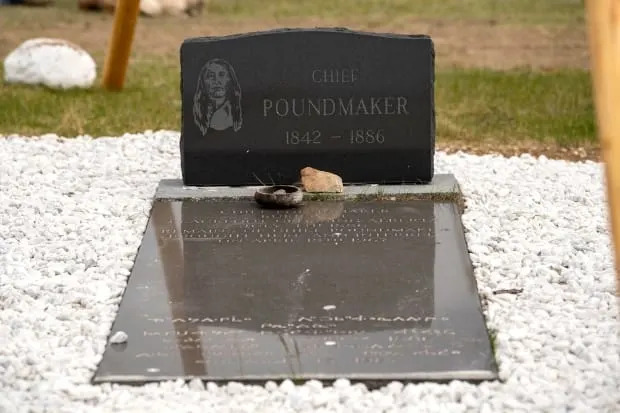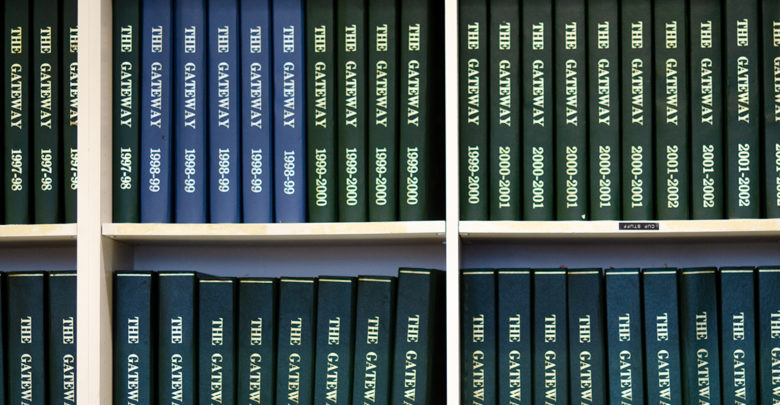Malcolm Archibald: 50 years of Black Cat PresS
EDMONTON, ALBERTA

From Freedom News by Sean Patterson
In this interview, the founder of Edmonton’s anarchist publishing house looks back on its legacy
For the past five decades, Black Cat Press (BCP) in Edmonton, Canada, has served as a local hub for the city’s radical community and as an important publisher of anarchist material. Over the years, BCP has produced many notable titles, including the first English translations of the collected works of the Ukrainian anarchist Nestor Makhno in five volumes. Other stand-out works from BCP include The Dossier of Subject No. 1218, the translated memoirs of Bulgarian anarchist Alexander Nakov; Lazar Lipotkin’s The Russian Anarchist Movement in North America, a previously unpublished manuscript held at Amsterdam’s International Institute of Social History; and Kronstadt Diary, a selection of Alexander Berkman’s original diary entries from 1921.
Amongst reprints of classic works by the likes of Kropotkin, Bakunin, and William Morris, BCP has also highlighted the work of anarchist researchers from around the globe, including Alexey Ivanov’s Kropotkin and Canada, Vadim Damier’s Anarcho-Syndicalism in the 20th Century, Ronald Tabor’s The Tyranny of Theory, and Archibald’s own work Atamansha: The Story of Maria Nikiforova, the Anarchist Joan of Arc.

Sadly, Black Cat Press closed its doors in 2022, an economic victim of the Covid pandemic. Any future hopes to revive the press were subsequently shattered in the wake of a second tragedy. On June 26, 2024, an early morning house fire started by arsonists destroyed BCP’s remaining equipment and inventory. The loss of BCP is painful not only locally for Edmonton but nationally as one of Canada’s few anarchist publishers. Sharing BCP’s five-decade-long story will hopefully inspire others to follow in the steps of BCP’s legacy and the broader tradition of small anarchist publishing houses.
This month, BCP founder Malcolm Archibald sat down with Freedom News to reflect on a lifetime of publishing and his personal journey through anarchism over the years.
—
You have been involved with the anarchist community for many years. Can you tell us a little about your background and how you first became interested in anarchism?
Growing up in Halifax, Nova Scotia, during the Cold War, I certainly had no exposure to anarchism. Nor did my family have any predilection for left-wing politics. The only book on socialism in the public library was G. D. H. Cole’s History of Socialist Thought, which I devoured. In 1958, at age 15, I attended a provincial convention of the CCF (Cooperative Commonwealth Federation) as a youth delegate. The CCF in Nova Scotia was a proletarian party with a strong base in the coal mining districts. After that, I was hooked on left-wing politics.
I became interested in anarchism by reading books about the Spanish Civil War. The first real anarchist I met was Murray Bookchin at a conference in Ann Arbor in 1969. Bookchin understood that many student radicals were anarchists in practice, even if they called themselves Marxists, so he emphasised the libertarian elements of Marx in his propaganda.
What anarchist organisations/groups have you been involved with over the years?
As a graduate student at the University of Illinois in Champaign-Urbana, I was on the staff of underground newspapers, including an anarchist tabloid, The Walrus. Later, I helped start an anarchist magazine in Edmonton called News from Nowhere (printed by Black Cat Press). In Edmonton in the 1970s we had a branch of the Social-Revolutionary Anarchist Federation (SRAF), but most anarchist activity was centred around the IWW, Black Cat Press, and Erewhon Books. Anarchists were also involved in the newspapers Poundmaker (circulation 19,000!) and Prairie Star. In 1979, the North American Anarchist Communist Federation (NAACF, later simplified to ACF) started up, and I was active in two of their branches for a number of years but was unable to get much traction for the organisation in Edmonton.

When did you start Black Cat Press, and how did it evolve over time? What are some key moments in its history you’d like to share with our readers?
Black Cat Press started when I purchased an offset press and copy camera in 1972. The previous owner had tried to earn a living with this equipment and ended up in a mental institution, which was not auspicious. BCP became a “printer to the movement” in Edmonton, used by almost all the left groups and causes. In 1979 BCP became the unofficial printer of the ACF and printed a number of pamphlets for that organisation.
From 1989 to 2001, BCP shared space with the Boyle McCauley News, the monthly newspaper of Edmonton’s inner city, with an all-volunteer staff. The newspaper generally tried to print positive news about the community, but an exception was the issue of juvenile prostitution, a terrible blight until we started printing stories about it and the authorities finally took action.

In 1994, the government printing plant where I worked was shut down, and BCP began to operate full-time with three partners who had been laid off at the same time. Our customer base included social agencies close to our shop in Edmonton’s inner city plus various unions. In 2003, I purchased a perfect binding machine and was able to start printing books. Our first book was Kropotkin’s Anarchist Morality, a perennial favourite. Eventually, about 30 titles were printed, which were distributed by AK Press, independent bookstores, and literature tables at anarchist book fairs.
How did you come to translate Russian-language radical and anarchist texts?
I studied Russian at university and later took night courses in German, French, Ukrainian, and Polish. I first became aware of Nestor Makhno in the 1960s from a book by the British historian David Footman. Ending up in Edmonton, it turned out that the University of Alberta Library held four books by Nestor Makhno, bibliographical rarities.
I’m constantly amazed at the richness of the anarchist tradition in the Russian Empire and the USSR. For many years, The Russian Anarchists by Paul Avrich was the only survey work on the subject, but recently, two histories have appeared in Russia and one in Ukraine. It is a measure of the depth of the movement that these histories are practically independent of one another and pay hardly any attention to Avrich.

My first works of translation from Russian were physics articles, which don’t give much scope for originality. In translating historical texts, most of the effort goes not into the actual translation, but research on the names of places, persons, etc. and preparing annotations. I try to provide the reader with maps, graphics, and indexes, which make it easier to understand the text.
Although I generally do not work with literary texts, I did translate some poems by Nestor Makhno. He wrote a poem called “The Summons” while in prison in 1912. A search of his cell in 1914 discovered this poem, for which he was given one week in a punishment cell. While in this cell, he composed another poem, which he wrote down as soon as he was allowed back to his regular cell. But another search discovered the second poem (more bloodthirsty than the first one), and he ended up in the punishment cell again. So, it wasn’t easy being an anarchist poet!
Some of your major contributions to anarchist studies are the translations of Russian and Ukrainian primary sources. In particular, you translated and published the first English edition of Nestor Makhno’s three-volume memoirs. Can you describe this translation project?
The University of Alberta library holds copies of Makhno’s memoirs, including both the French and Russian versions of the first volume. I started translating these memoirs as early as 1979 when BCP published a pamphlet entitled My Visit to the Kremlin, a translation of two chapters in the second volume. This pamphlet was eventually published in many other languages.

Most of the work involved in preparing translations of Makhno’s works went into research about the people and places he mentions. An effort was made to provide enough material in the form of notes and maps to make the narrative intelligible to the reader.
Black Cat Press recently closed its doors after fifty years in business. The economic environment for publishing is increasingly difficult in general, and especially so for small anarchist presses. What are your thoughts on the current prospects for anarchist publishing, and what changes might have to be made to maintain its long-term viability?
Most anarchist publishers have to order a substantial press run up front and then hope to sell the books over a (hopefully) not-too-long period. BCP was ahead of its time in using a print-on-demand model where inventories were kept low so that capital wouldn’t be tied up in stock that wasn’t moving. The publishing arm of BCP was not much affected by the pandemic; rather, it was the job printing that suffered, forcing the business to close.

How have you seen anarchism (particularly in Canada) change over the decades? Canada has rarely seen an organized anarchist movement in the same way as some groups in Europe or the United States. Why do you think this is so, and do you see any hope for an organized Canadian movement in the future?
When I became active in the anarchist movement in Canada in the 1970s, the anarchists were all poverty-stricken, trying to survive in minimum-wage jobs. The next generation was much better off and had a lot of money to throw around. Now, the current generation is back to being dirt poor again, lacking the resources to make an impact. But I think the prospects for the future are good because (a) the old left (communists, Trotskyists, i.e., the alphabet soup brigade) are intellectually and morally bankrupt, and (b) the New Democratic Party (in Alberta, at least) is environmentally irresponsible. This leaves a lot of room on the left for anarchists to stake out their territory and attract young people into the movement.

Thanks to Kandis Friesen for sharing previously collected interview material.







